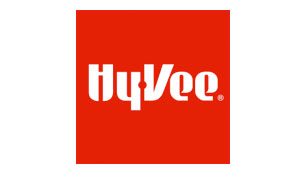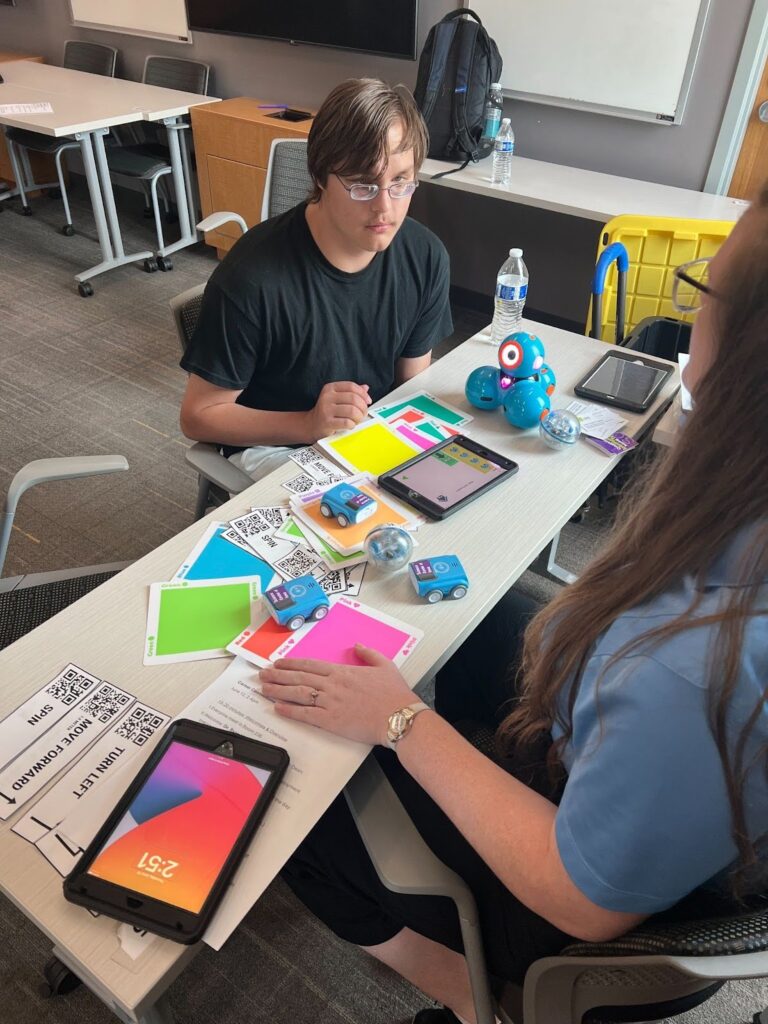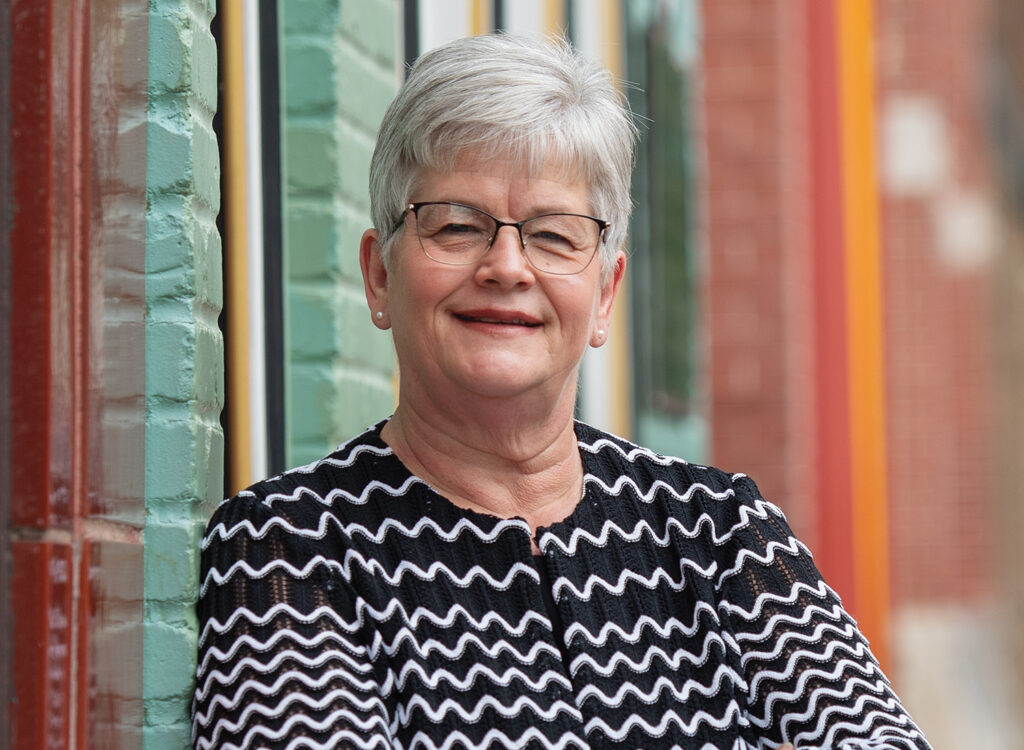Three on 3: Women of Innovation
Three experts on the spot for 3 questions

It might be a cliche, but Sandy Hatfield Clubb lives by a simple phrase, spelled out on her coffee cup:
“Attitude is a small thing that makes a big difference.”
Hatfield Clubb, the director of athletics at Drake University, addressed a room full of award finalists for the 2011 Women of Innovation event hosted by the Technology Association of Iowa (TAI). Her speech set a theme, of sorts, for the night: When things get tough, you can choose to keep going, or choose to turn around.
As women who have made a difference in science, math, engineering and technology (STEM) fields, many of the event’s 55 finalists have chosen to keep going in careers that have historically had more men go into them. The TAI selected nine winners out of the finalists, and the Business Record caught up with three of the award winners to get their take on the challenges that women in STEM fields face.
Why is it important to encourage women to go into STEM and innovation-driven fields?
Tassone:
I think you can go anywhere you want to go with your job as long as you have the right attitude.
Flynn:
I think it’s important for diversity. That can mean a lot of different things. That can mean your upbringing; that can mean your race; it can mean your gender. I think diversity in general really creates a thriving, creative environment.
Runyan:
I think women contribute something different in the workplace. Obviously everyone contributes something to the workplace. It’s not that women are better than men or anything like that, but we just have different skill sets, and we tend to nurture talent in a slightly different way. I think it’s really valuable that everybody gets represented as we move forward in technology so the best ideas are the ones that get implemented.
What is the biggest challenge to drawing women into those fields?
Tassone:
You have to have support among your cohorts in order to get there or it makes it more difficult. If you have that, and you’re positive, and you have a good attitude, everything is possible. I have seen a lot of change. When I started 30 years ago, there just wasn’t a lot of support for women. I think a lot has changed over those 30 years.
Flynn:
I think it’s a lot of times, we as young kids and even kind of growing up, we look to examples, and we want to emulate those examples. I think it’s just a matter of time and history, that more women will be getting involved in innovation and technology as they have more role models to look up to and say, “Oh, a woman can do that just like a man can.” Having those role models is probably a huge influencer of getting more women involved. I don’t actually have a tech background, and I think that has actually proven well. In technology, you still need the general user voice. Dwolla is interesting in that it’s a 50-50 balance, almost, of women and men. It’s kind of like we’re all just people. I see it as, if you’re qualified, let’s work as a team.
Runyan:
I think there’s just a lot of pressure for women still to go into some of the more traditional fields. And there’s still unfortunately girls that think that math and science are too hard. That’s so unfortunate. That’s why organizations like TAI and the different things that are happening in our high schools and middle schools are just fabulous, to get these girls interested and to know that they’re smart enough and capable enough to actually make significant achievements.
Is there a glass ceiling for women in STEM and innovative fields?
Tassone:
I don’t think there is. I think you can take it as far as you want to. I go back to attitude. I go back to doing over and above what you should do. I’ve just had a very high work ethic, and I’ve always gone way over and above what I need to do to get there. That’s what you have to do to succeed.
Flynn:
I’m biased, but I’ve never really experienced the glass ceiling in my own life, ever. If you want to do it, go work really hard and maybe you can do it. I haven’t experienced that. But I’m sure it does exist. Luckily it’s not an experience I’ve had.
Runyan:
I do not think so. I actually think that we’ve blown through that. Thank heavens for the generations before us who really had to fight to make that happen. I feel like, as a woman in technology today, the sky’s the limit and we can really set our own mark.
And one bonus question:
What is the largest obstacle you’ve faced as a woman in a STEM field?
Byrony Bonning:
That’s actually a difficult question for me to answer, because I feel like I’ve been very fortunate. Iowa State University has been very proactive in catering for the needs of women; they’ve been very good in that respect.
Betty Griffin:
I probably think that it’s one’s own limitations that they place upon themselves. That goes back to media, that goes back to societal pressures. To transcend some of the stereotypes that females can do things traditionally thought of as male roles, and that they can still be cool and they can still raise families and be normal.
Sarah Larsen:
I think that just not having as many other women colleagues. I was very fortunate, I think, that I had a very good mentor. I think that makes a big difference. For me being a woman, I think when I was in college, I didn’t really have any female faculty members for any of my math and science classes. That’s challenging. I didn’t see women back then as faculty members, so you didn’t always associate us in that way.









